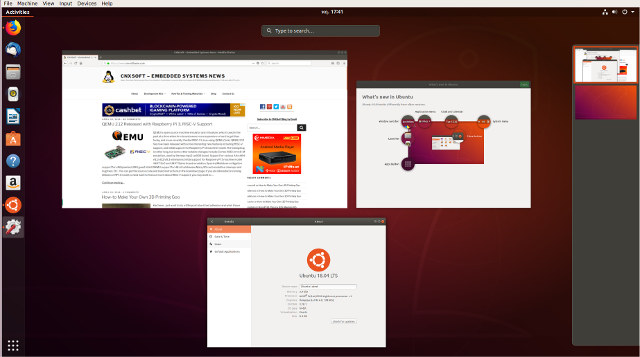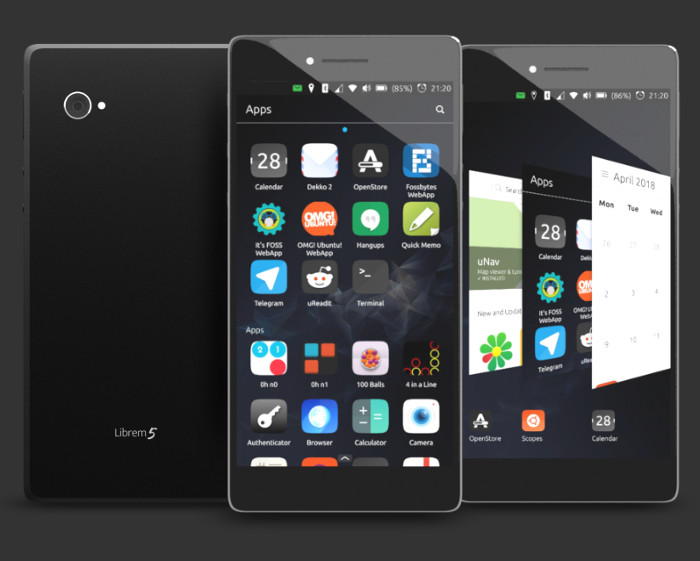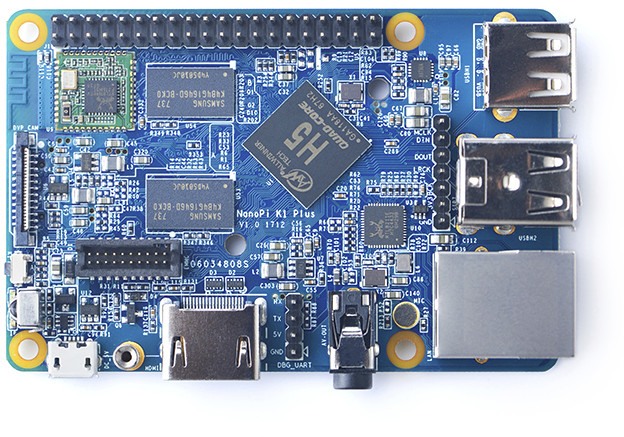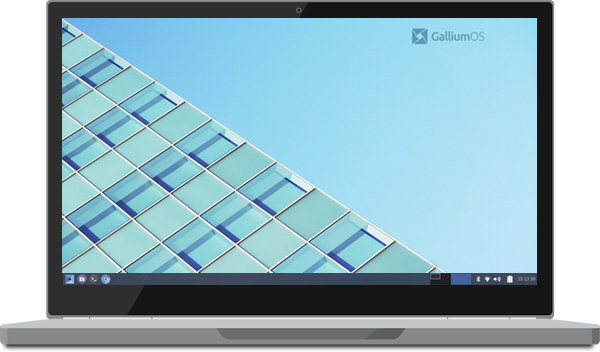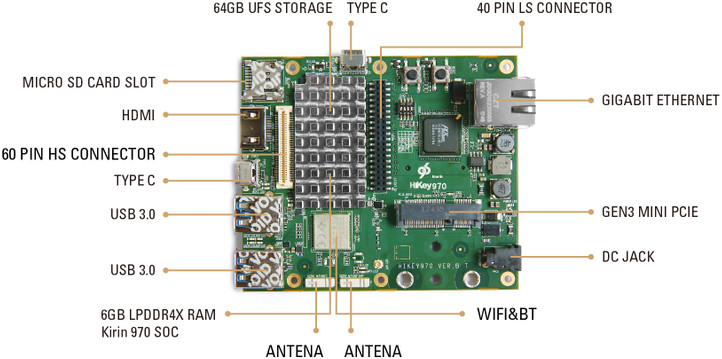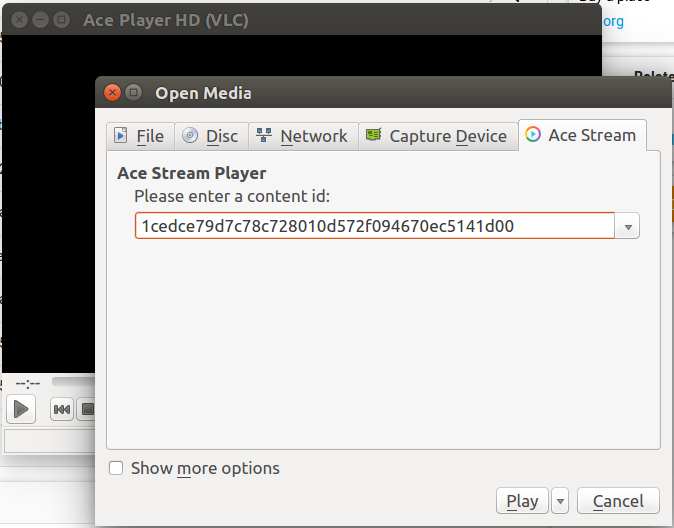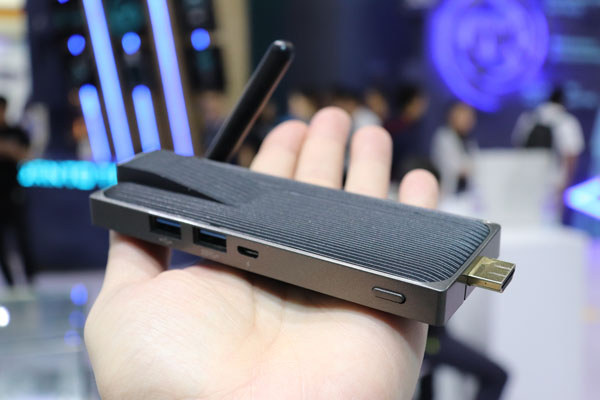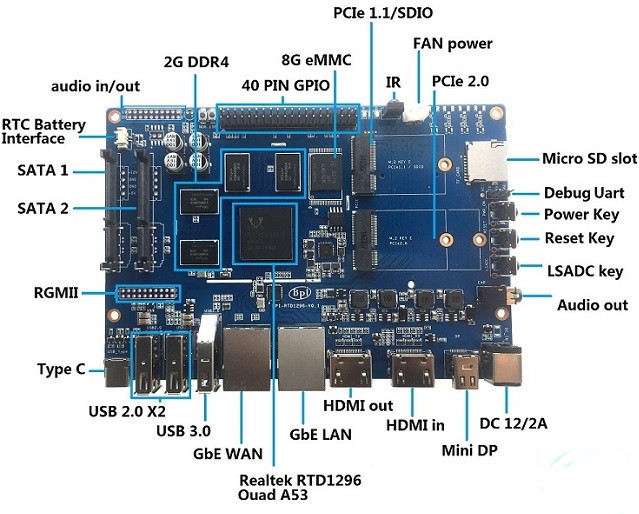Canonical should release Ubuntu 18.04 “Bionic Beaver” long term support distribution later today. One of the most obvious change compared to Ubuntu 16.04 is the switch from Unity to GNOME 3.28 resulting in a fairly different user interface, although the company tried to keep the look-and-feel are close of the Unity version as possible. There are still some differences such as the dash now appearing on the top center of the screen. Eventually, Ubuntu 18.04 Desktop ISO file will be found on Ubuntu website, but in the meantime, I could update an Ubuntu 17.10 virtual machine to Ubuntu 18.04 using the following commands:
|
1 2 3 |
sudo apt update sudo apt dist-upgrade sudo do-release-upgrade -d |
I’ll update my main machine a little later, maybe after the dot release in July, and my server after that, just in case some bugs have gone unnoticed. You’ll be greeted with a “What’s new in Ubuntu” window after upgrade showing the main part of the […]


